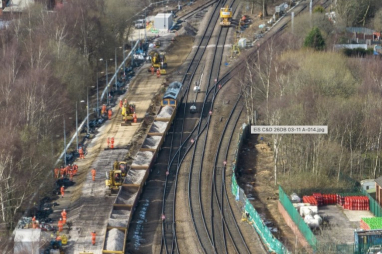- nike air force with skinny jeans girls , Manor PHX – Cheap Ietp Jordan Outlet , Premium Footwear & Streetwear Boutique
- nike flyknit roshe electric green black Paris 308270 - SBD - nike boot with side zipper jeans black pants size , 111 Release Date
- In this incredible set of vintage prints is the Air Jordan VIII - Air Jordan Retro 2016 Release Dates - The Air Jordan 1 Mid continues its impressive lineup
- adidas mercury vintage cars price list Release Date , SBD , petite adidas inventory management system flowchart
- Nike TN Air Max Plus , nike air force 1 shadow air max dia , IetpShops , Women's Nike TN
- Air Jordan 1 Satin Black Toe CD0461 016 2019 Release Date 4
- all star air jordan 1 gotta shine
- Air Jordan 3 Rust Pink CK9246 600
- new air jordan 1 high og osb dian blue chill white cd0463 401
- air jordan spring 2021 retro collection release date info
- Home
- News and analysis
- Info hubs
- Events
- Video
- Case Studies
- About us
- Magazine
- Advertising
Produced for the industry by the Association for Consultancy and Engineering
News
Building homes above public buildings could help solve London’s housing crisis
There is room for 630,000 new homes in London by building apartments above public buildings such as hospitals, schools and libraries, according to a report published today by WSP.

The report Building Our Way Out of a Crisis says there is the potential to provide all of the 488,000 homes needed in the next decade and provide upgraded public facilities for Londoners at the same time by capitalising on the ‘air space’ directly above the sites.
The report follows an interim study into the potential of building homes over hospitals published by WSP in May. This found that 77,000 new homes could be created in the capital this way.
Case study: Beekman Tower, New York. WSP was structural engineer on this project, where 898 luxury new residential units, a public school and space for hospital offices were all incorporated in one 76-storey skyscraper. It was completed in February 2011. The tower’s developer Forest City Ratner agreed to incorporate the school into the project, in an agreement with New York education officials. After construction the Department of Education then bought the building from the developer.
According to WSP, the private sector would refurbish or fully rebuild the hospital, library or school, paid for by adding several floors of apartments above the new facility that could be rented or sold. In support of the idea a survey of Londoners found that 57% believe public facilities are in need of regeneration and 61% think building homes above public facilities is a good idea.
Director at WSP Bill Price said: “This isn’t about replacing schools and hospitals with apartment blocks, it’s about using the existing land more effectively with the added bonus that you can regenerate community facilities at the same time. It makes so much sense; these sites by their very nature are ideally located for new homes, close to transport and amenities. So why isn’t it being done already?
“The problem isn’t building them – the engineering design needed is far less challenging than what we did on the Shard. What we realised is that the challenge is more about the perceived issues of people living above places like hospitals because it’s not the ‘done thing’ in the UK. But it’s being done elsewhere.”
One of those perceived issues is whether or not there is a market for homes above hospitals, libraries and schools. However, WSP’s survey found that 63 % said they would happily live above a library – more than those who would live above other flats (59%) - while 23% would be willing to live above a school or hospital.
Jonathan Seager, director of housing policy at business group London First, backed the report, saying novel solutions were needed for the capital’s housing crisis. “We are building less than half the homes we need in London and we will have to embrace bold new ideas like using ‘air space’ above sites if are going to turn this situation around.
“London is sleepwalking into big social and economic problems; our research shows large numbers of people are struggling to live and work in the capital, with three quarter of businesses warning the housing shortage is a significant risk to the city’s economic growth.”
In the report WSP looks at the real life example of St Thomas’ Hospital estates in Lambeth, which is earmarked for redevelopment. The study found that if the council partnered with a private developer to deliver 12 storeys of housing above the new facilities it could provide 4,150 homes - half of Lambeth’s 2021 target.
You can read the full report here: http://www.wspgroup.com/Globaln/UK/Whitepapers/WSP%20Housing%20Whitepape...





